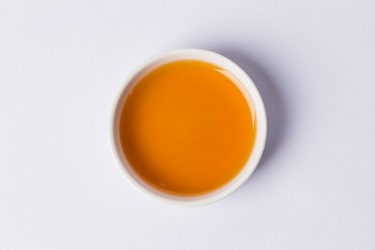
I used to watch a TV show called “Christina Cooks,” with host Christina Pirello. She advocates a vegan diet and will not use regular sugar, opting instead for “brown rice syrup.” Hmmm, I thought. Is that substance really better for you than regular table sugar? I was aware of another syrup that also claimed to be healthy, “barley malt syrup.” I knew that this substance was often called for in bagel recipes and actually have a jar of that sweetener in my pantry for use if I ever again torture myself by trying to make my own bagels, an effort which probably won’t happen any time soon.
In my quest to get people to quit believing in miracle ingredients I decided to do a bit of research on these syrups. You’ll be amazed to read that they’re not all that healthful. Their one benefit is that they do not as a rule contain fructose, the substance that makes up 50% of regular table sugar. As I’ve said before (many times), while fructose doesn’t raise blood sugar appreciably and has therefore been recommended for those with a risk of diabetes or the disease itself, it has to be metabolized in the liver. The epidemic of fatty liver disease that we’re seeing nowadays is tied closely to our fructose intake. So it would be better to use one of the malt syrups, right?
The problem is—sigh—that there’s no such thing as a free sweetener. Your liver may be thankful that you’re using a fructose-free item, but your poor pancreas has to deal with it, as the malt syrups are basically 100% glucose. (The glucose in these malt syrups takes several forms, with maltose being the main one. That form of sugar is just two glucose molecules bonded together.) As I’ve mentioned in a previous post where I talked about the book Year of No Sugar, pure glucose (usually sold as powdered dextrose, which is chemically identical to glucose—so why don’t they just call it that?) is not as sweet as table sugar, which is roughly half glucose and half fructose. So if you want the same sweetening power from the dextrose/glucose that you’d get from table sugar, or sucrose, you have to use 50% more of it than you would for sucrose. Everybody completely confused now? And the glycemic index (should you care about that measure) of glucose is . . . wait for it . . . 100. It’s the standard by which all other sugar levels are measured, because glucose is what ends up in your bloodstream. So I can’t for the life of me see how using some form of glucose, as opposed to just using the white crystalized stuff, is helpful. You’re just doing a tradeoff on which organs in your body are being called upon to deal with the substance. (And remember—as I mentioned in the last post about the “sugar alcohols,” some of those substances have to be filtered out of your blood via your kidneys, so yet a third organ that’s being called upon to do extra work.)
Far better, once again, to just cut down drastically on any type of sweeteners, learning to like the natural flavors of foods instead of thinking that everything has to be sweet. Keeping an eye on your daily sugar intake—that is, any type of sugar—and trying for 25 grams or less per day will do great things for you, with the inevitable result that you’ll start losing your so-called “sweet tooth.” Something sweetened will be an occasional treat, not a daily dose. Use of a sugar is almost inevitable when you’re making yeasted breads, by the way, as the sugar feeds the yeast. You don’t have to use sugar, since the yeast will feed on the flour, but your rise will probably be stronger if you do. As someone said on a cooking show, “yeast loves honey,” as she was making pizza dough. Don’t worry too much if your entire recipe calls for a tablespoon or two of sugar. That’s so minor that you don’t need to drive yourself crazy with it.
That’s it for today, I think. Just another reminder that replacing one sweetener with another isn’t necessarily going to do much if anything for the bottom line!